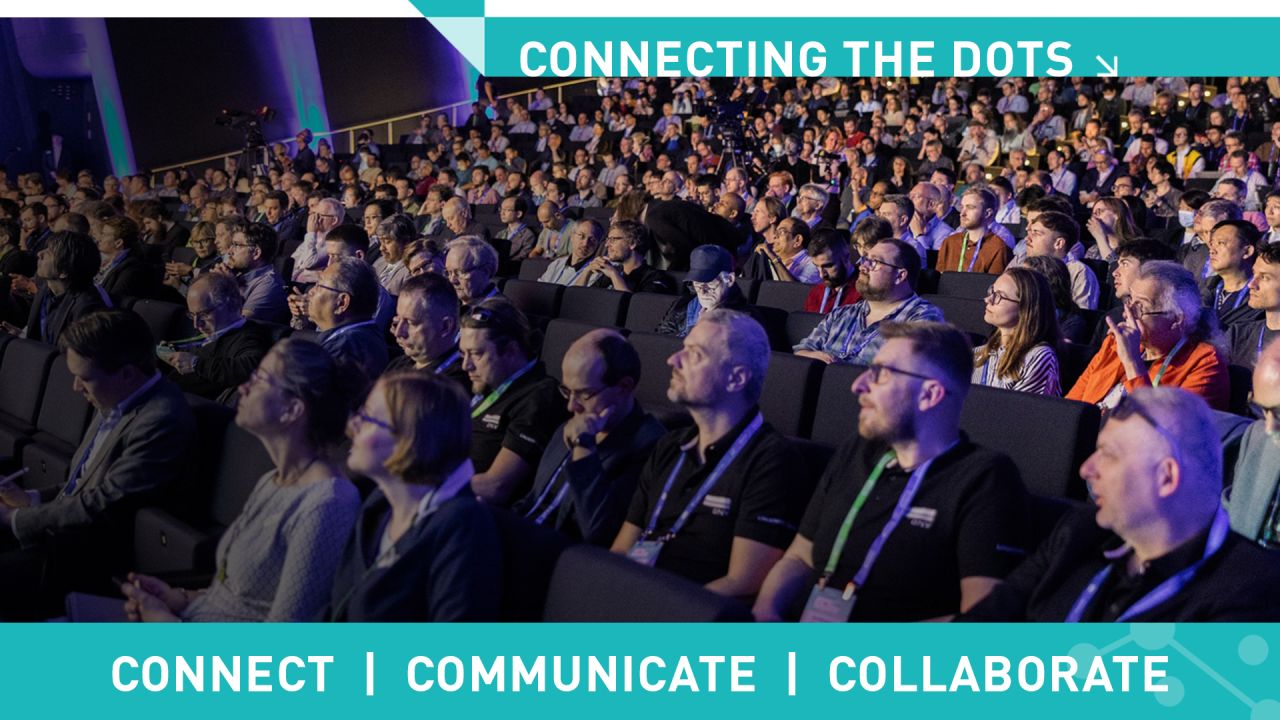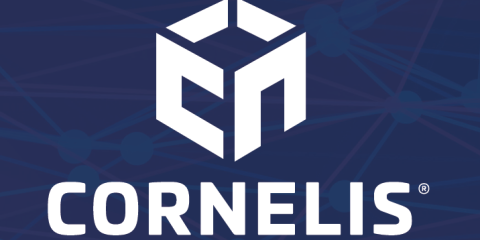

Cornelis Networks on the Future of Networking, HPC Solutions Forum
Wednesday, June 11, 2025 1:20 PM to 1:40 PM · 20 min. (Europe/Berlin)
Hall H, Booth L01 - Ground floor
HPC Solutions Forum
Community EngagementInterconnects and NetworksSustainability and Energy Efficiency
Information
Matt Williams, Field CTO of Cornelis Networks shares his thoughts on the future of HPC-AI networking.
Ultra Ethernet solutions, including those from the Ultra Ethernet Consortium, are set to play a key role in HPC-AI supercomputers. While Ethernet has long thrived due to its openness and broad adoption, traditional versions struggle with AI and HPC workloads that demand extreme bandwidth, scalability, and low latency. Ultra Ethernet introduces critical enhancements to address these challenges, ensuring Ethernet remains a competitive choice for high-performance computing.
Power optimization and sustainability are also pressing concerns. Limited power availability—at the rack, building, or even grid level—can restrict HPC-AI growth. Network inefficiencies leave GPUs and CPUs idle, wasting energy. To combat this, the industry must improve network efficiency and consider standardized methods to measure and optimize power usage.
By ISC 2035, major innovations will reshape HPC and AI. The first data-center-scale quantum computer could revolutionize computing, while in-orbit AI/HPC clusters enable real-time space processing. Self-aware AI clusters will autonomously optimize workloads, and networking breakthroughs will approach 100% bisection bandwidth and perfect routing. These advancements, once aspirational, are now within reach.
Ultra Ethernet solutions, including those from the Ultra Ethernet Consortium, are set to play a key role in HPC-AI supercomputers. While Ethernet has long thrived due to its openness and broad adoption, traditional versions struggle with AI and HPC workloads that demand extreme bandwidth, scalability, and low latency. Ultra Ethernet introduces critical enhancements to address these challenges, ensuring Ethernet remains a competitive choice for high-performance computing.
Power optimization and sustainability are also pressing concerns. Limited power availability—at the rack, building, or even grid level—can restrict HPC-AI growth. Network inefficiencies leave GPUs and CPUs idle, wasting energy. To combat this, the industry must improve network efficiency and consider standardized methods to measure and optimize power usage.
By ISC 2035, major innovations will reshape HPC and AI. The first data-center-scale quantum computer could revolutionize computing, while in-orbit AI/HPC clusters enable real-time space processing. Self-aware AI clusters will autonomously optimize workloads, and networking breakthroughs will approach 100% bisection bandwidth and perfect routing. These advancements, once aspirational, are now within reach.
HPC Solutions Forum Questions
The next innovation: What will be the big news at ISC 2035? Be as specific as you can.What should the HPC-AI industry be doing with regard to power optimization and sustainability?Will Ethernet solutions (including Ultra Ethernet Consortium) be significant for HPC-AI supercomputers? Why or why not?
Format
On Site


